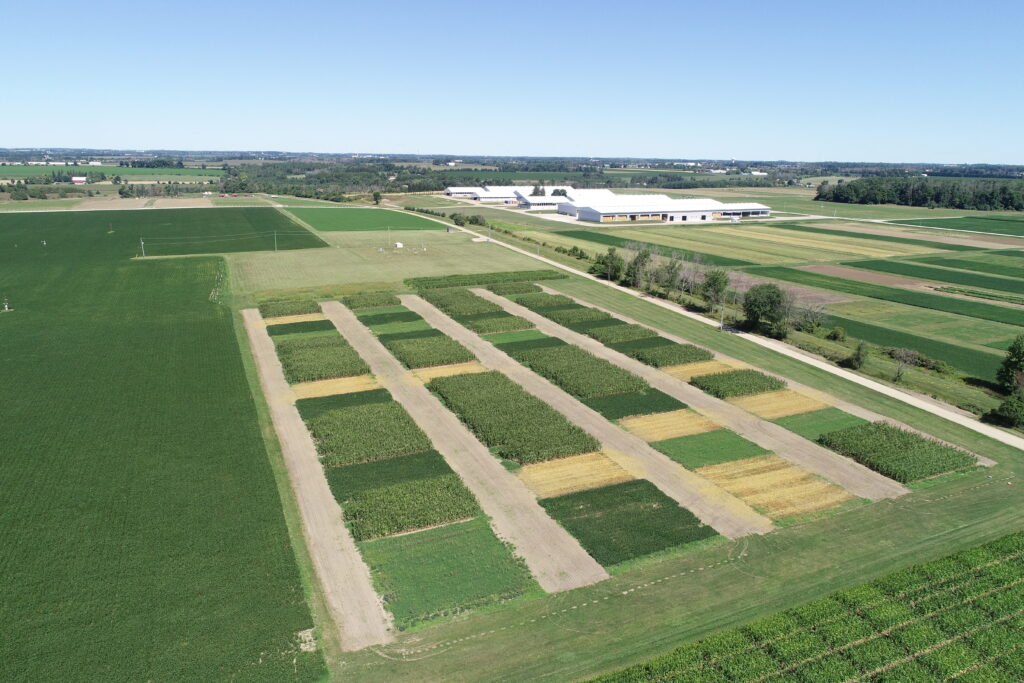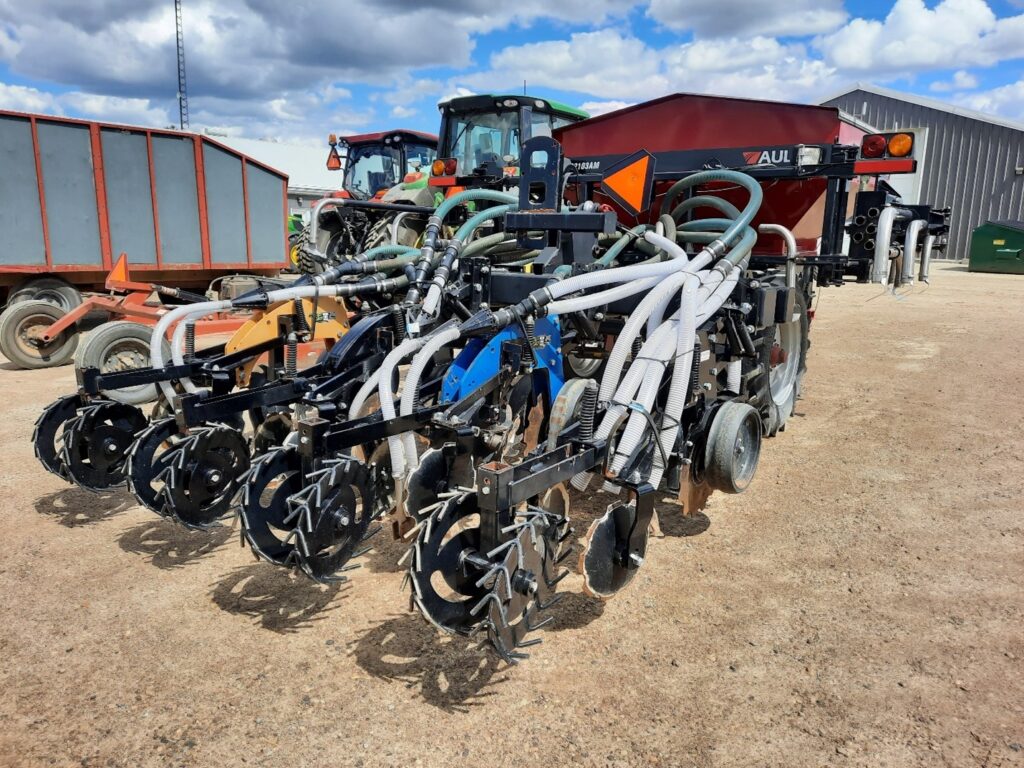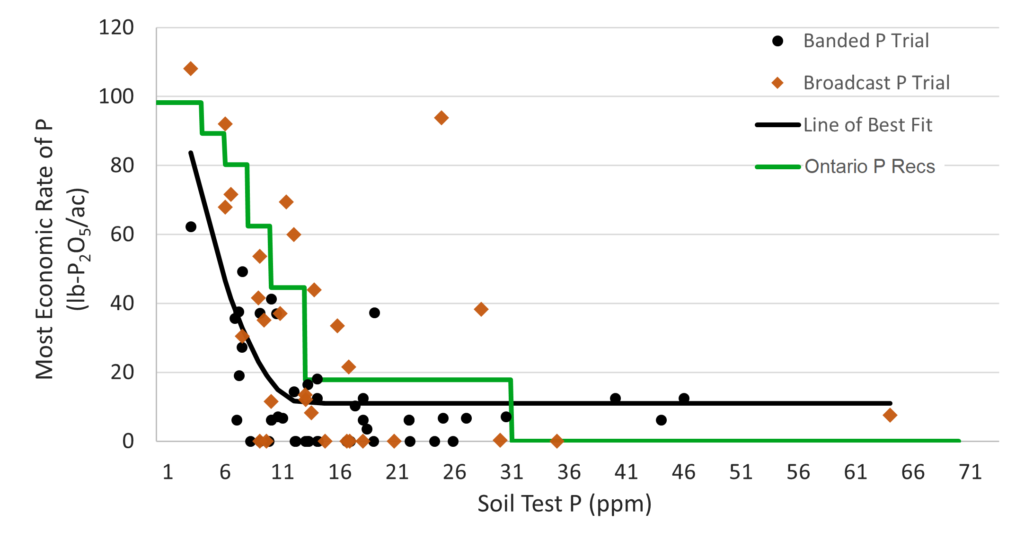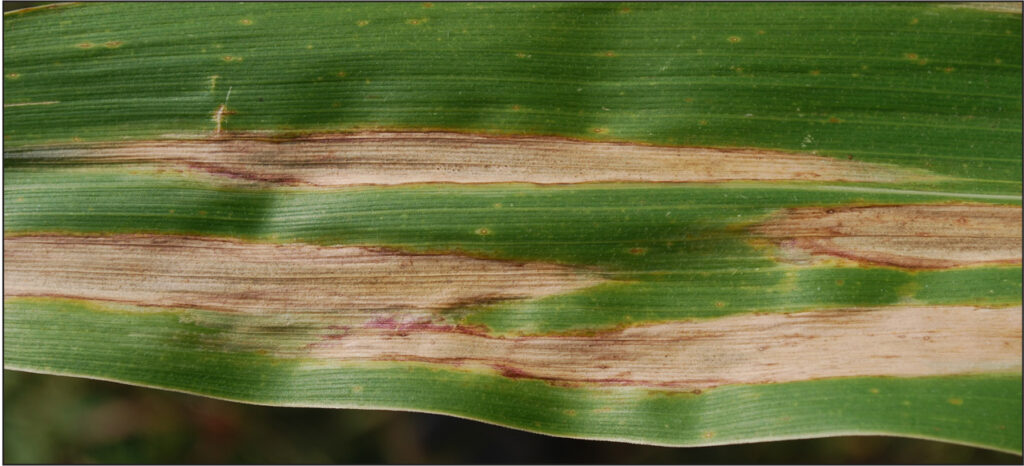Corn Rootworm Monitoring Continues – Trap Participants Needed for 2023
Ontario needs corn rootworm trap participants, whether you’ve monitored traps in the past few years or not. Fields with a history of corn on corn are the preferred target. Any participants from last year are encouraged to use some of the same fields as last year, even if they rotated out of corn. This will help […]







